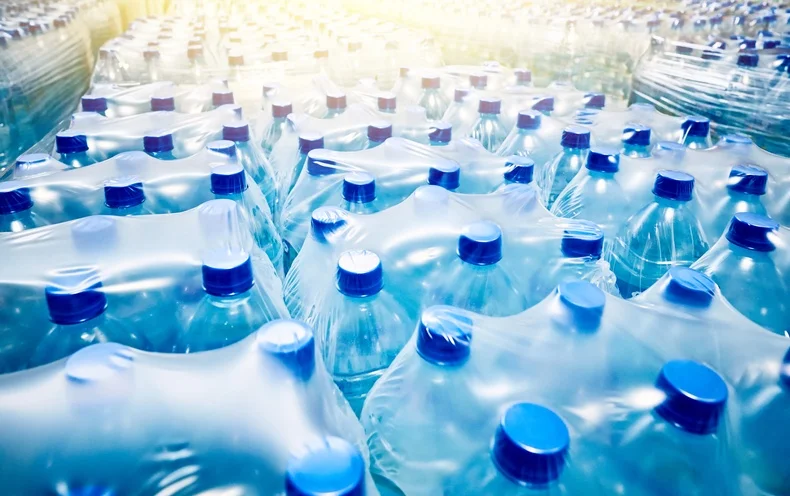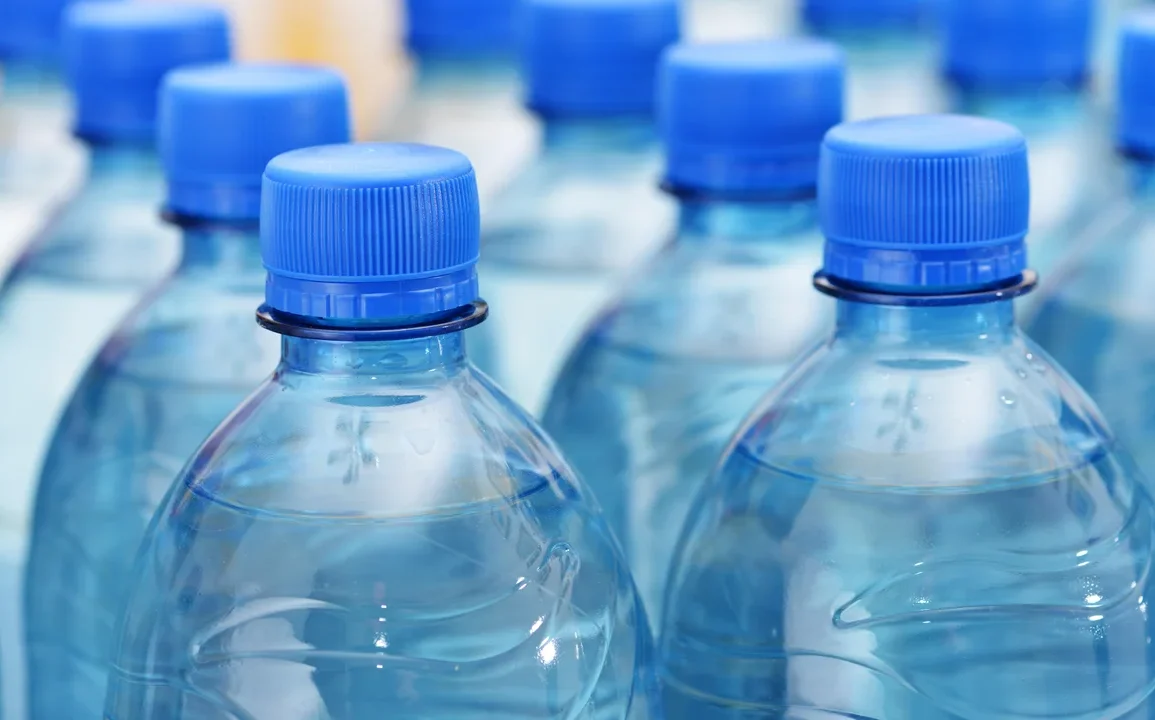In Italy, there is a noticeable preference for bottled water over tap water despite the high quality of the latter. Statistics from CSA Research show that each Italian consumes an average of 208 liters of bottled water annually, with only 29.2% of the population drinking tap water daily and 43.3% exclusively drinking bottled water.
Italy ranks as the top European consumer of bottled water and second globally, following Mexico. This trend persists even though Italy’s tap water is ranked fifth in Europe for quality, trailing Austria, Sweden, Ireland, and Hungary.
The reluctance to drink tap water among Italians is attributed to various reasons. CSA Research indicates that 29% of Italians who prefer bottled water dislike the taste of tap water, 40% do not trust it, and about 30% believe bottled water is safer.
This widespread preference significantly contributes to Italy’s status as a major consumer of bottled water in Europe, a trend that is mirrored, albeit to a lesser extent, in countries like Germany, Portugal, Hungary, and Spain, all of which have substantial per capita bottled water consumption rates.

The bottled water industry’s growth exacerbates environmental concerns due to plastic waste. Globally, an estimated 550 million households are expected to consume bottled water in 2024, equating to more than 446 billion liters annually.
In Europe, packaged water accounted for 48% of non-alcoholic beverages consumed in 2022. This high consumption contributes to significant plastic waste, with the EU generating 16.13 million tonnes of plastic packaging waste in 2021, only 6.56 million tonnes of which were recycled.
Efforts to address plastic waste include the EU’s Green Deal, which targets a 55% recycling rate for plastic packaging waste by 2030. Specific goals include having 25% recycled plastic in PET bottles by 2025 and 30% in all beverage bottles by 2030. Despite these initiatives, the enormous global consumption of plastic bottles poses ongoing environmental challenges, highlighting the need for increased recycling and reduced plastic usage.
In an effort to improve public trust in tap water, Italy’s National Centre for Water Safety conducted extensive testing from 2020 to 2022. These tests, covering 90% of the population across 18 regions, showed that 99.1% of water samples met health standards, and 98.4% were compliant with other non-health-related factors such as taste and color.
The results aim to form the basis of a public water registry, providing transparent data on water quality and potentially encouraging more Italians to choose tap water over bottled options.

